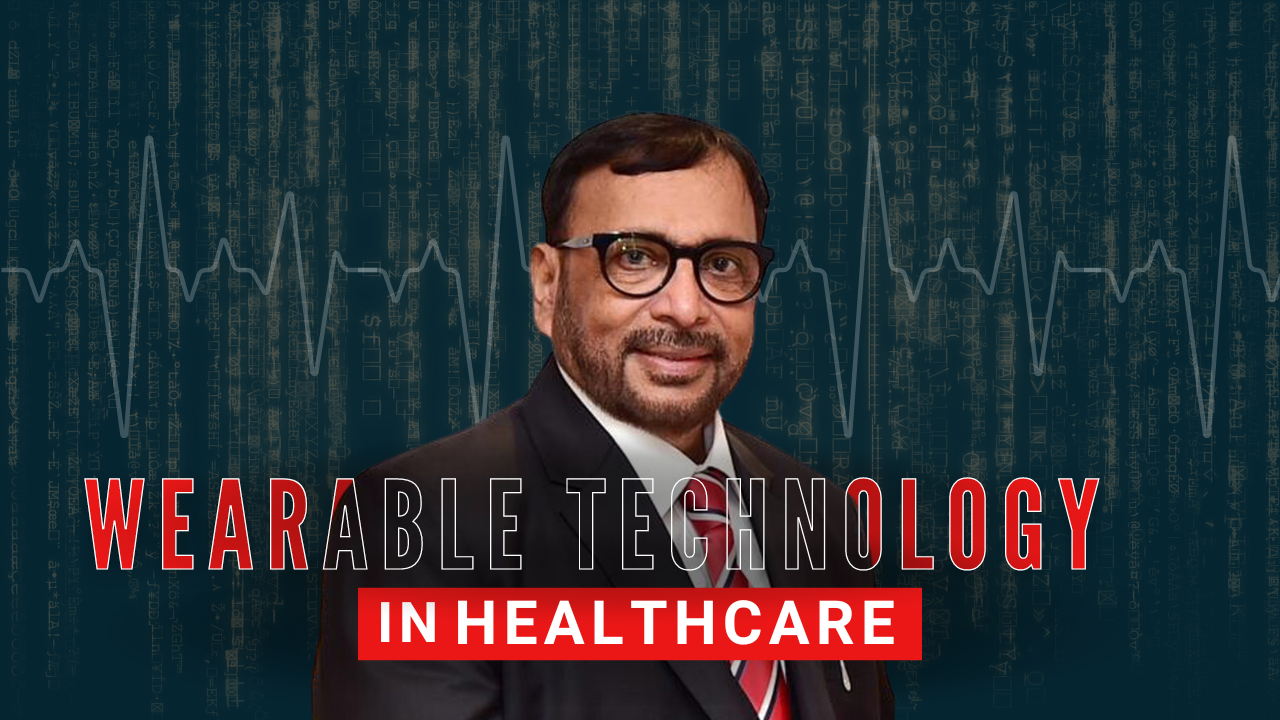Rise of Wearable Technology in Healthcare
The healthcare industry has just undergone a major transformation because of wearable technology. Customers who want to track their fitness and health data have grown more and more accustomed to wearing wearable technology, such as smartwatches and fitness trackers. In order to enhance patient outcomes and lower costs, doctors and other healthcare professionals are now using these devices.
In this article, we will see the rise of wearable technology in the healthcare sector and its impact on patient care.
What is wearable technology?
It is used to describe electrical gadgets that can be worn on the human body. These devices are intended to monitor and track many elements of a person’s health, including steps taken, sleep patterns, and heart rate. They can be worn as a bracelet, a watch, or even a piece of clothing. Fitness trackers, medical-grade gadgets such as glucose monitors and ECG monitors, and smartwatches are examples of wearable technology.
The rise of wearable technology in the healthcare sector
Wearable technology has been around for a long time, but it has only recently achieved popularity in the healthcare industry. The rise of wearable technology in healthcare can be attributed to a number of causes, including technological advancements, increased client demand, and the desire for cost-effective and efficient healthcare.
The capacity of wearable technology to track and monitor patient health records in real-time is one of the most useful features of wearable technology in the healthcare sector. Doctors can utilize this information to make more educated judgments about their patients. A physician, for example, can utilize a patient’s blood pressure and heart rate data to assess if they are at risk for a heart attack or stroke. This information can then be utilized to develop a treatment plan to assist prevent the occurrence of these illnesses.
Another advantage of wearable technology in healthcare is its capacity to increase patient participation in treatment strategies. Patients who use wearable gadgets to track their health data are more likely to stick with their treatment plans and adopt healthy lifestyle adjustments. Wearable technologies can also provide patients with individualized feedback and suggestions based on their health data, allowing them to make more educated health and treatment decisions.
Impact on patient care
The emergence of wearable devices in healthcare has had a significant impact on patient care. Wearable devices have been found to improve patient outcomes by providing healthcare providers with real-time data that can be utilized to generate more individualized treatment charts and plans. They have also been demonstrated to lower healthcare costs by eliminating the need for costly diagnostic tests and hospital stays.
Wearable technology has also been demonstrated to boost patient participation in treatment regimens. Patients who use wearable devices to monitor their health data are more likely to stick with their programs and make lifestyle adjustments that can improve their health.
Challenges and future developments
While wearable technology has the potential to transform healthcare, there are still certain challenges in terms of data security and privacy. As wearable devices capture increasingly personal health data, it is critical that this data is safeguarded and secure from unauthorized access.
Another significant difficulty is the requirement for interoperability among multiple healthcare systems and wearable devices. Wearable gadgets must be able to effortlessly communicate data with doctors and healthcare professionals, as well as other devices, in order to be effective.

